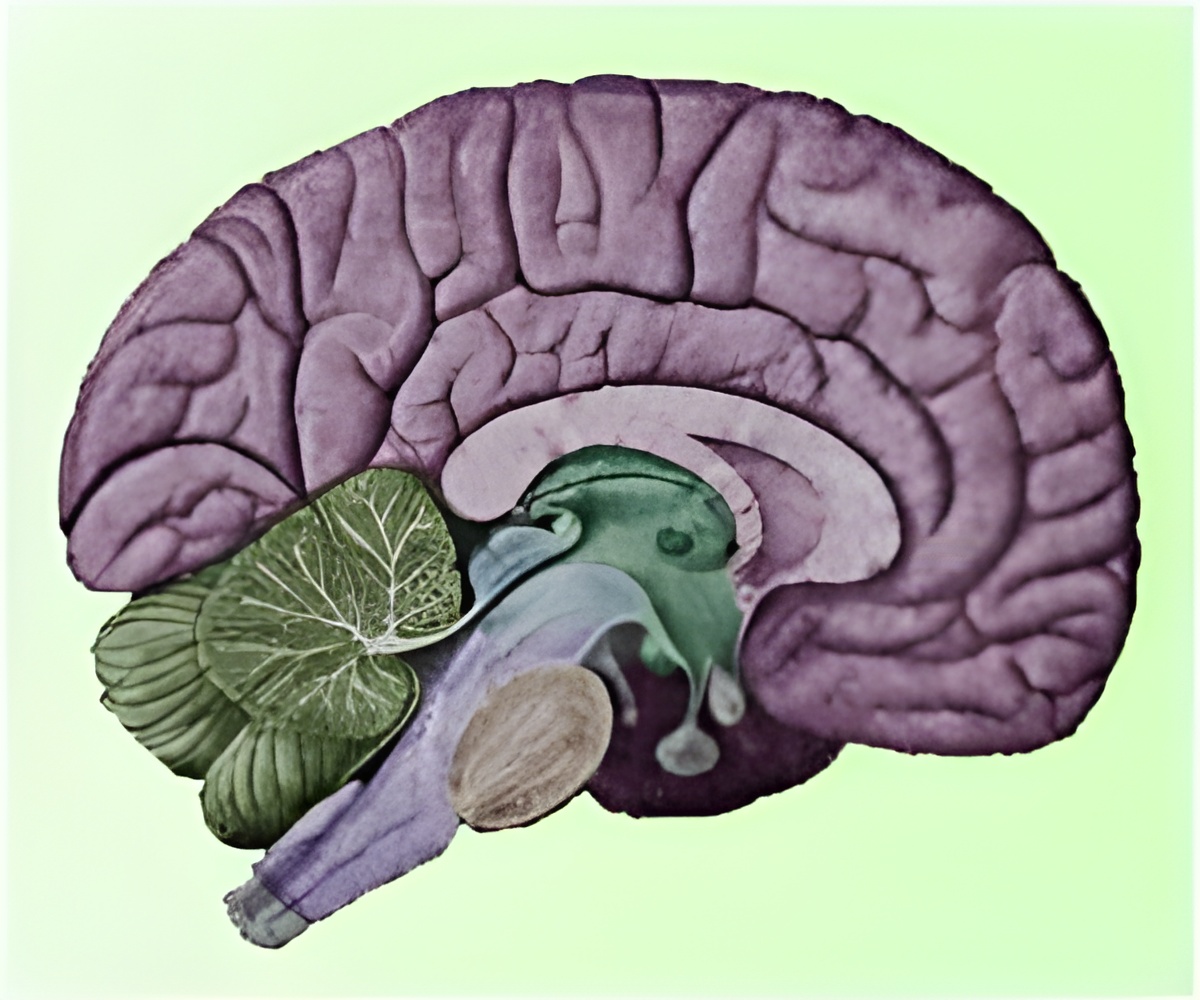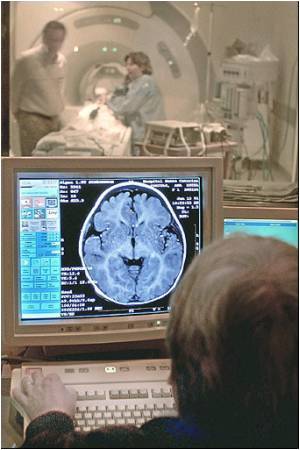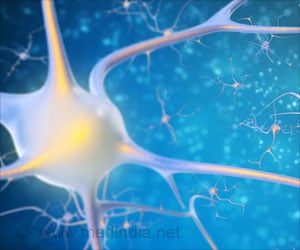Gray matter volume was linked with a person's post-conventional thinking, thus giving evidence for brain structural differences based on moral reasoning stages.

The research team studied MBA students between 24 to 33 years of age at the Wharton School of University of Pennsylvania. Diana Robertson, professor at Wharton School and an author of the study, said, "MBA students were ideal candidates for this work as the Wharton curriculum addresses issues of moral decision-making and reasoning."
Students had to undergo MRI scanning to investigate differences in gray matter volume between students who reached the post-conventional level of moral reasoning compared to those who have not reached that level yet. They also underwent personality testing and were placed into one of the following categories- neuroticism, extraversion, openness to experience, conscientiousness and agreeableness.
Analysis showed higher scores in openness to experience and lower scores in neuroticism for study participants at the more advanced levels of moral development. With regard to brain structure, the research team observed increased gray matter in the pre-frontal cortex of the brain in subjects who reached the post-conventional level of moral reasoning compared to those who are still at a pre-conventional and conventional level. In other words, gray matter volume in the brain was correlated with the subject’s degree of post-conventional thinking.
The findings provide an initial evidence for brain structural difference based on the stages of moral reasoning. The study has been published in PLOS ONE.
Source-Medindia













